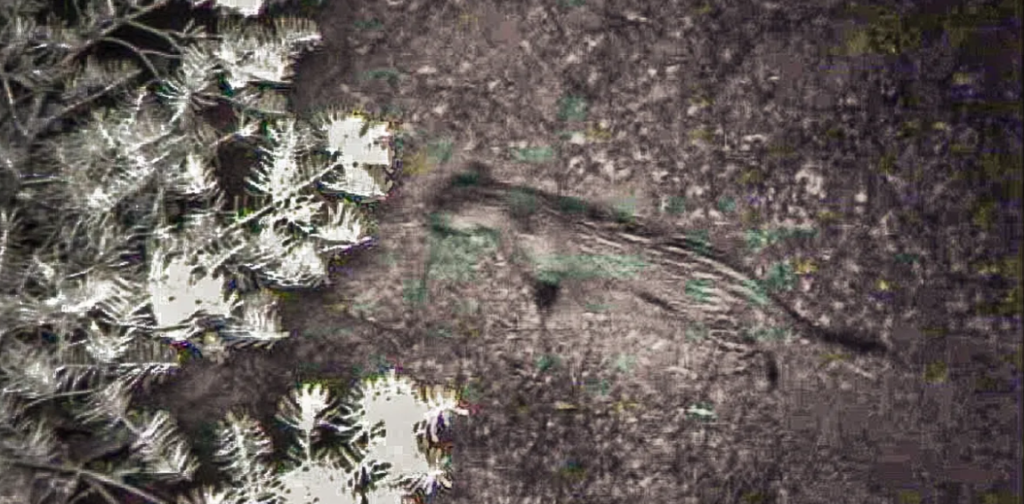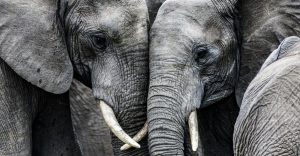Others are reading now
In a thrilling turn of events for wildlife enthusiasts and conservationists alike, a mysterious jaguar has been captured in photos prowling through the Huachuca Mountains in Southern Arizona.
The images, obtained through a public records request by the Center for Biological Diversity, were shared exclusively with Arizona Luminaria, providing a rare glimpse into the elusive life of these majestic big cats.
This marks the first sighting of a jaguar in the Huachuca range since 2017, sparking excitement and curiosity amongst the scientific community.
The jaguar was captured by U.S. Customs and Border Protection’s remote trail cameras in March and April of this year, with the border agency duly noting the big cat’s presence in a public database dedicated to tracking jaguars.
Also read
Russ McSpadden, the southwest conservation advocate for the Center for Biological Diversity, was the first to notice this new entry into the jaguar database, quickly moving to secure the photographs for further analysis. “We have no idea who this jaguar is.
It’s a mystery jaguar,” McSpadden stated, highlighting the challenges posed by the dark, grainy nature of the photographs which prevent scientists from conducting a detailed “spot analysis” to identify the jaguar based on its unique coat markings.
Despite these challenges, the sighting has generated a wave of optimism regarding the connectivity of jaguar habitats.
Cholla Duir, the assistant director of the Northern Jaguar Project, expressed her happiness at seeing a jaguar that has managed to navigate past or around the border wall, affirming that their “top person is working on the spot analysis.”
The jaguar in question could potentially be one of the known local males, “El Jefe” or “Sombra,” who have been known to wander into the Huachuca range from nearby mountains.
Alternatively, it could be a previously unidentified jaguar that has been residing in Arizona for some time, or even a new visitor from Mexico.
“No matter where that jaguar came from, it’s a good sign of connectivity,” McSpadden commented, highlighting the importance of such sightings in illustrating the mobility of jaguars across regions and the potential for a healthy population in Mexico.
Threats from border wall constructions, major mining projects, ongoing development, and climate change continue to loom large, posing significant threats to the jaguars and the broader ecosystem.
The sighting of this jaguar in the Huachuca Mountains thus represents a beacon of hope and a symbol of resilience for conservationists and wildlife biologists dedicated to ensuring the survival of these incredible creatures and the overall health of the ecosystem.
Myles Traphagen, borderlands program coordinator of the Wildlands Network, aptly summarized the significance of this event, stating, “The jaguar symbolizes wildness. It’s the last representative of free-ranging wildness we have in this part of the world. It’s nature at its apex.”
Melanie Culver, a University of Arizona geneticist who specializes in big cats, echoed these sentiments, asserting that the photographs serve as a promising indication of somewhat complete habitats in the region. “
The presence of a jaguar is really important for the health of the community,” Culver concluded, underscoring the critical role these apex predators play in maintaining ecological balance.








